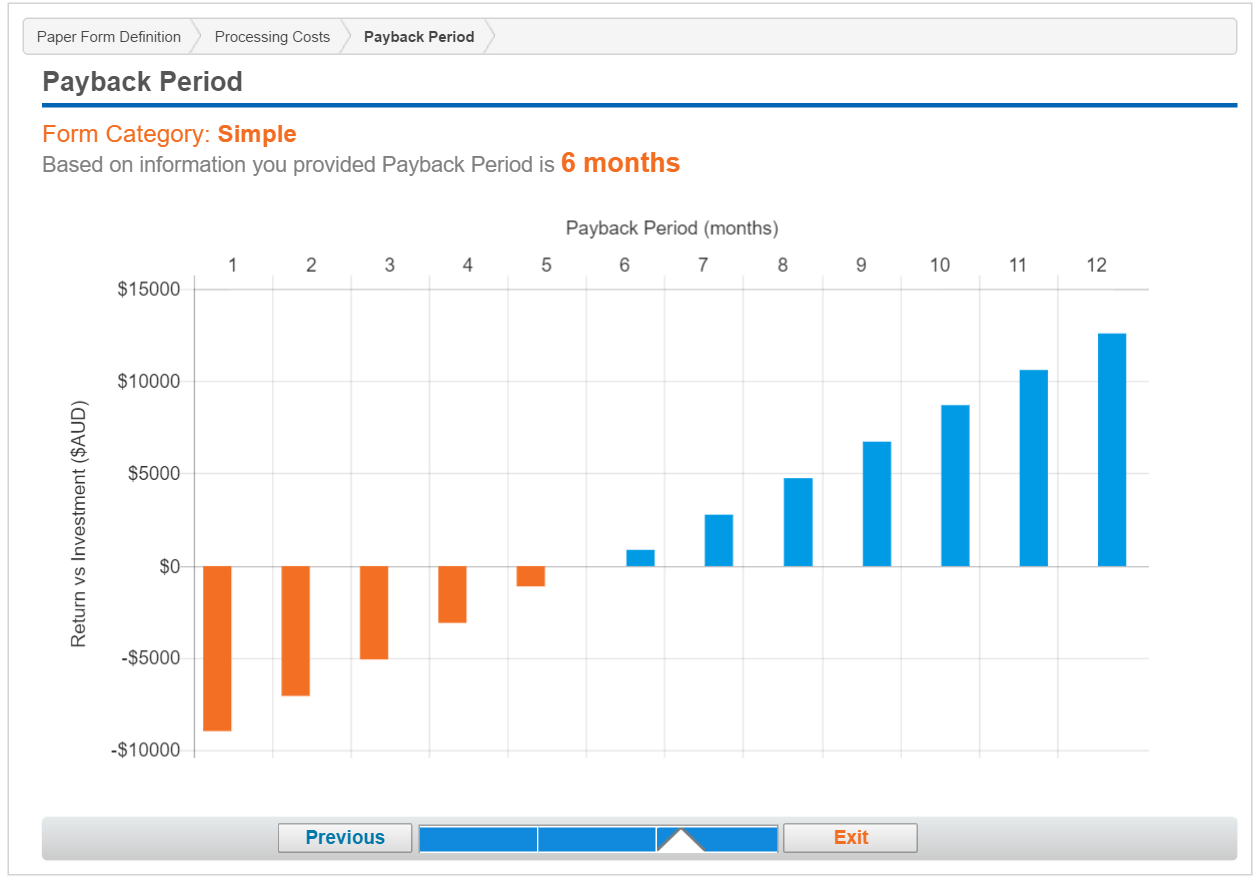Moving your paper applications online, what does it cost and how fast it can repay for itself
Jul 2, 2016

Having completed a few digital transformation projects in federal, state and local government, we would like to share a few insights.
Digital transformation in government is considered to be a major undertaking. We have seen serious moves in this area in the UK and it is brewing here in Australia with the establishment of the Digital Transformation Office.
Existing technology is part of the transformation agenda, and in our experience, is misaligned with the new, technology driven, real-time connected citizen. People nowadays prefer to do everything online, even better, on their mobile phones. They expect high quality digital experiences. What do they often find when they come to deal with the government? … .
The old friend – PDF. They have to download, print out and fill it in. On many occasions they also have to download instructions or a whole guide book to understand how to complete a form. Then of course they have to put a stamp on an envelope and post it or drive to the agency and stand in line to hand it over, wasting time and money. But that is not the end of it. After all the trouble they still might receive a letter, email or call informing them that some important information is missing and, in the best-case scenario, they will have to do it all over again, or, in the worst, that their applications have been rejected and they lost their fees.
In Australia, councils (local government agencies) have 120-150 various application forms – registrations, permits, complaints – and in majority of cases only 5-10 of them have been migrated online.
The government costs associated with processing paper forms are significant. The labor costs start piling up from the moment a clerk opens an envelope containing a paper form (mail-processing costs). The form is screened for obvious mistakes and omissions and applicant is notified by mail, phone call or email (more costs). Data from the form has to be entered into an internal system (data-entry costs). The paper form is either stored (filing and storage costs) or scanned and uploaded into digital storage (scanning costs). To answer enquiries, help desks or call centers are created. A significant part of the enquiries consists of people asking questions about how to fill in a form.
Traditional channels by which government agencies communicate with the citizens, such as face-to-face, telephone and mail, are costly as they require time and resources. Digital transaction, on the other hand, is more than 50 times cheaper than face-to-face transaction, 40 times cheaper than communication over the phone and more than 6 times cheaper than using email. It makes sense to replace traditional channels, where possible, with digital options.
There are many benefits of moving paper-based transactions online, such as saving time and money for customers, raising their satisfaction and trust, and improving the ability for government employees to access data remotely. The more transactions completed online the higher the level of productivity of delivering public services, and the costs are significantly reduced.
We have created a simple online calculator which allows to estimate the Payback Period of ICT expenditure based on complexity of existing business processes and associated costs. It is located at http://samples.fifthocean.com.au/payback-calculator. This calculator uses real figures based on our implementation experiences on all levels of government and businesses.
The calculator can help organizations to identify and plan the sequence of services that are to be digitized. Such sequence can be based on payback period, cost of implementation, timing and complexity of change to a selected business process.
Use of open-source platforms such as Liferay, JBoss, off-the-shelf fit-for-purpose tools and avoiding bespoke software development greatly boosts reduction in implementation and operation costs of digital services.
Digital Transformation in both organizations and government agencies will continue to be a strategic priority for at least another decade.
The cost of not investing in digital transformation is much higher, PLAN & ACT early.